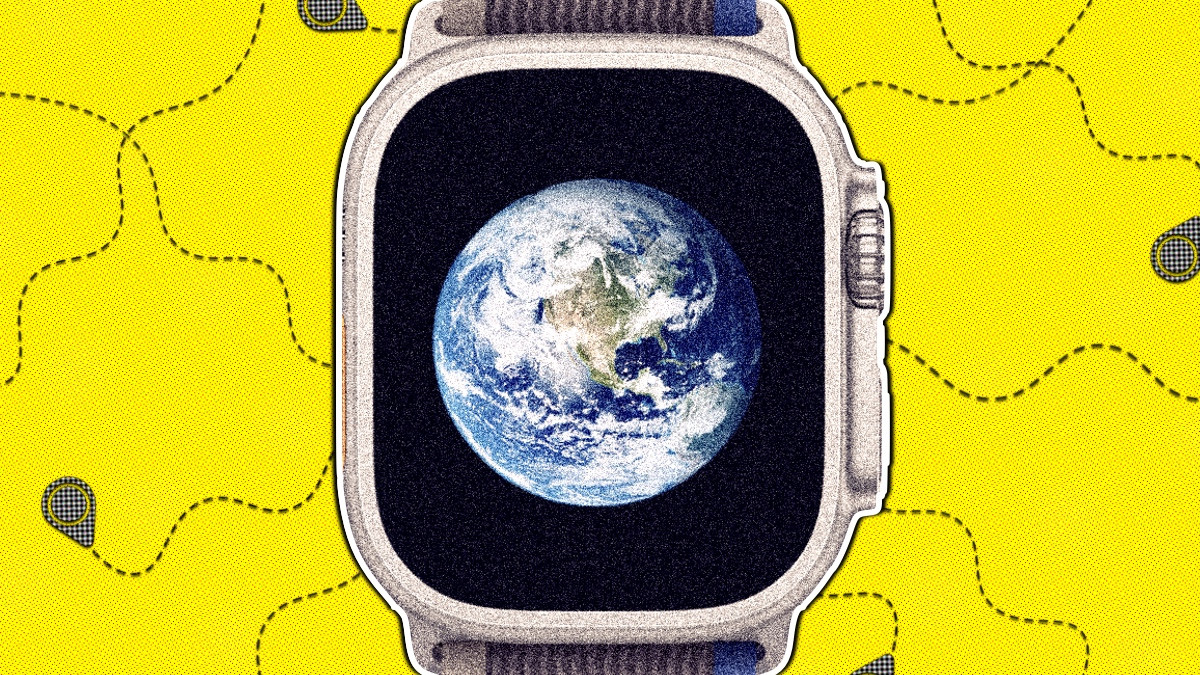
It’s easy to forget that the first Apple Watch didn't have GPS. If you wanted to track a run, cycle, or hike, you had to piggyback off your iPhone.
Fast-forward eight generations, and the Apple Watch is now one of the best GPS sports watches around.
And the newest Apple Watch Ultra has been supercharged with dual-frequency GPS, which uses previous military satellites for greater accuracy. And in our testing, the Ultra has outstripped big-name rivals in terms of accuracy in the toughest environments.
But how has Apple outperformed the likes of Garmin, which has a huge heritage and experience in the world of GPS?
Wareable spoke to Rob Mayor, Director of Location and Motion Technologies, and Eric Jue, Director of Apple Watch Product Marketing, to find out exactly how Apple has turned its smartwatch from a GPS also-ran to a true front-runner.
Building the Apple Watch Ultra
Apple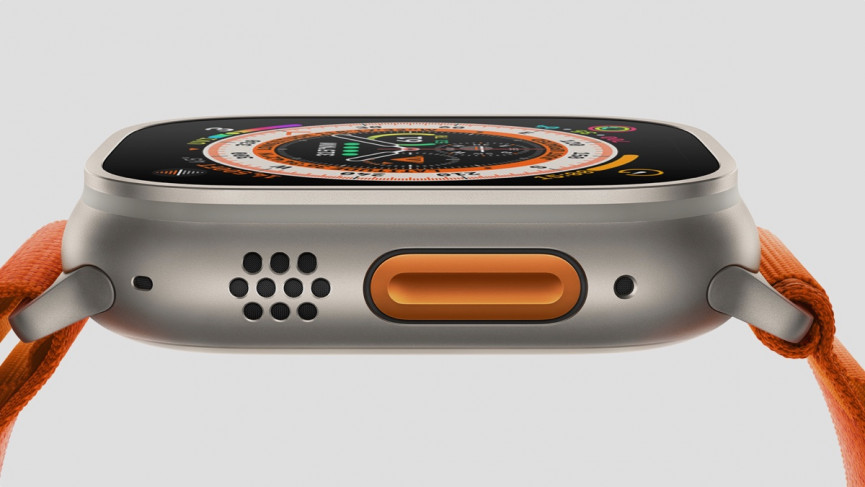
The Ultra introduced dual-frequency GPS and L5 - a modernized GPS signal - to the Apple Watch for the first time.
We’ve seen it used on plenty of big-name watches from the Garmin Epix, Fenix 7, and even Huawei Watch GT 3 Pro.
But when we took it to the Chicago Marathon, it outperformed rivals around the tall buildings of the city.
Mayor says thousands of hours of testing went into getting that L5 support right so it could handle environments like downtown New York or Hong Kong.
Moving around near 50-story buildings, remote environments near cliff walls or dense forest canopies can be challenging for GPS - and it can introduce accuracy errors when using a traditional L1 GPS signal.
While the environment ultimately determines the effectiveness of that GPS and location tracking on the Ultra, it’s not to say that the activity doesn’t play its part, too, and the work Apple has to do to make sure it gets good, reliable data.
"What runners care about in terms of their run metrics, and quality distance and pace, where the activity of moving your arm up and down could influence the data," Mayor explained.
"We’ve looked at motion fusion to make sure that we're getting the absolute best metrics. We fuse that information with GPS, so the activity looks different to cycling, for example."
AMD motion fusion plays a part in swimming – which is one of the most challenging environments to capture location data. When you swim underwater, it blocks GPS signals quickly, so Apple had to come up with a solution.
"This does get into the innovations of how we use activity and use that motion fusion to benefit GPS," says Mayor.
Wareable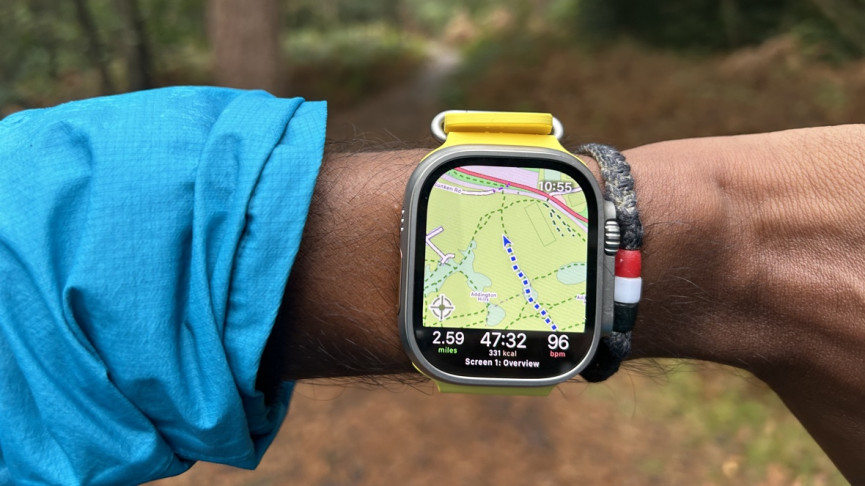
"We look for the motion of your stroke, and when the Watch is above water we'll cycle the satellite tracking to make sure we're optimized for when we've got a clear view of the sky," he explained.
"That's exactly the type of inertial fusion that's necessary to make workouts like that work."
"We knew that you're not going to get any GPS signal underwater, and so we had to be very smart about how to get you a route map for your underwater swim," adds Jue.
“It turns out that most people doing open water swims do a freestyle stroke, so half the time your arm is out of the water.
"So, as Rob [Mayor] pointed out, we locked in on that stroke revolution to optimize when we were trying to grab your location information.
"We started that four-plus years ago, and we've been able to continue to improve those algorithms over time to the point where today it works pretty well."
A clean slate
Apple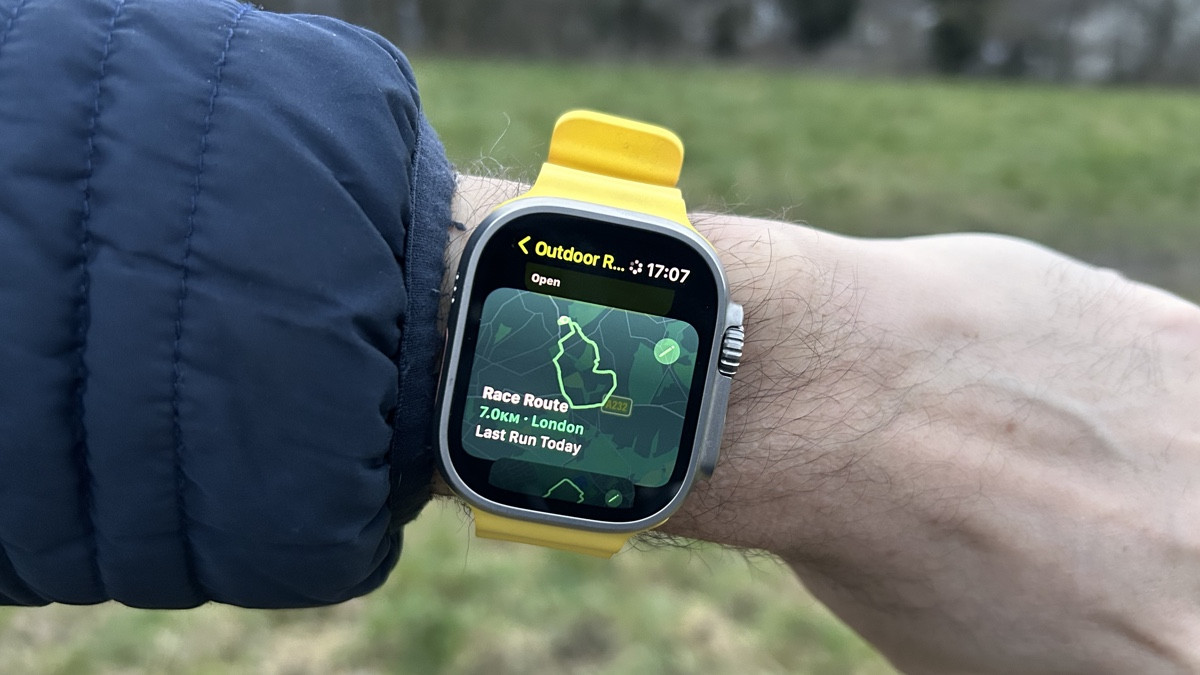
"With Ultra, it was a start from a clean slate," Jue tells us.
“When you start with a clean slate, you can design the entire thing to do what it is you want.
"We knew from the beginning that this L5 technology existed, and we wanted to see how we could incorporate it because we thought it was a key component to delivering on the feature set that we envisioned for Ultra.
“We designed a new antenna into the Apple Watch Ultra design. So, if you look at how the titanium case kind of comes up and surrounds the flat sapphire crystal display cover, there's a little inset in there, which is our antenna.
"We designed these things in totality and fitness was a big one that gave us the on-ramp to rethink the implementation of GNSS for Apple Watch.”
Precision orbit
Wareable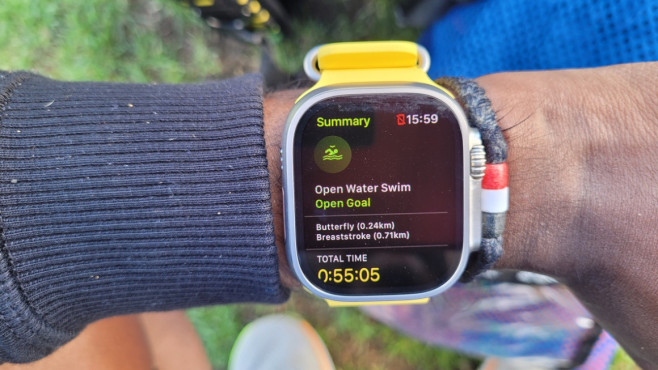
And Mayor also revealed some of the technology behind improvements.
"There are things like precision orbit parameters to be able to quickly determine a satellite’s position in space," he said.
“This is a system that we've designed that allows for orbital predictions up to a week that you can use offline.
"So you don't have to decode the broadcast information from those satellites, which could be blocked by buildings or could be obstructed by tree cover and things of that nature.
"You get to leverage more of the signals immediately so that you get accurate positioning as soon as you start up a workout.”
He refers to 'sensor fusion' - an algorithm that’s used to form Apple’s new crash detection feature included in the Watch.
Apple looks to the other sensors included in Apple’s Watches like the now more powerful accelerometers, gyroscopes, a barometer, and a compass to better detect movement and improve the accuracy of the GPS signal.
“Your arm swings during a walk or run or the arm cycle in a swim workout for workout detection," says Mayor.
"All of these motion dynamics can also be combined with GPS to do things like pedestrian dead reckoning, and driving dead reckoning. This reckoning relates to working out the current position of an object using its previously determined position or fix estimates of things like speed.
"That inertial system provides you a positioning source to help you smooth tracks point to point, as well as keep you on the route when combined with maps," he said.
The Apple Watch has come a long way in eight years – both as a smartwatch and sports watch.
And in eight years from now, wearables will look very different again, both in terms of the accuracy and level of data they can offer.
How we test
